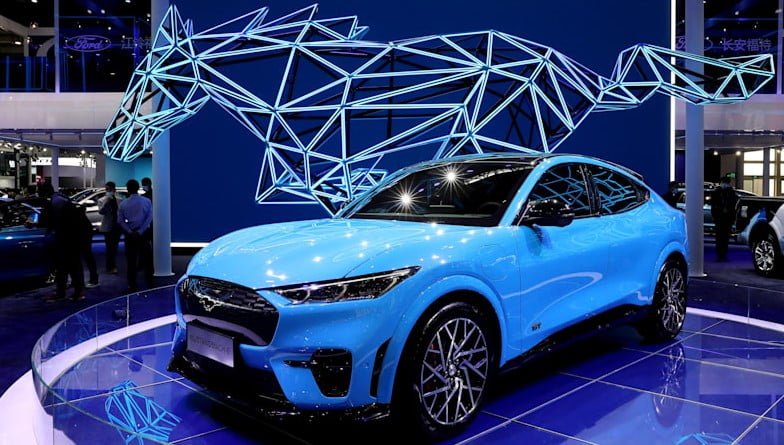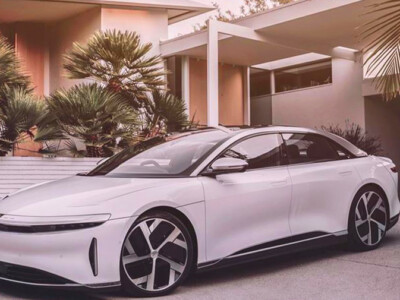
Many essential ingredients for automakers, such as copper, steel, and aluminum, are reaching or approaching record levels this year as lagging supply struggles to keep up with stimulus-driven demand. The Bloomberg Commodity Spot Index surged to its highest level since 2011, with metals rising 21% so far this year.
If the current rally turns into a supercycle, the rise in car prices could foreshadow inflation across the board. JPMorgan Chase & Co. analysts estimate that the commodity price of a car has increased by 83% in the year to March. These components typically account for around 10% of the cost of building a vehicle, meaning the price of a $40,000 car would need to increase by 8.3% to offset the surge, according to the bank’s analysts.
“We are definitely feeling headwinds from commodities,” said Jim Farley, CEO of Ford, last week. “We are seeing inflation in a variety of parts of our industry in ways we haven’t seen in many years.”
Car manufacturers often struggle to pass on higher costs, but demand is surging as major economies reopen, and many consumers continue to avoid public transportation. The global semiconductor shortage is also hindering production, keeping inventory tight, and driving up vehicle prices.
In the U.S., the car supply is so limited that rental companies are resorting to buying used vehicles at auctions instead of new ones.
The primary contributing factor to rising commodity costs affecting the industry is the steel required for chassis, engines, and wheels. The recent surge in the metal has broken records as China, by far the largest producer, took measures to curb production.
The surge in copper prices adds to the costs of electric vehicles just as the industry undergoes an energy transformation to meet stricter emission standards. Electric vehicles use nearly 3 1/2 times more copper than their gasoline-consuming counterparts due to the increased amount of wiring inside, according to the consultancy Wood Mackenzie.
The increases can impact automakers like Tesla and Volkswagen, which are trying to make electric vehicles more price-competitive than traditional cars.
They may also encourage automakers to explore alternative chemistries for their electric vehicle batteries. Most cells use some combination of lithium, cobalt, and nickel, each of which has increased by at least 47% in the past 12 months.
Ford and BMW were among those who invested $130 million this month in battery startup Solid Power, which is working on cells that would eliminate the need for these metals, resulting in a tenfold decrease in power unit costs.
“They’re looking to spread that risk,” said Caspar Rawles, head of price and data assessment at Benchmark Mineral Intelligence. “There’s no coverage for lithium or cobalt.”
BMW expects headwinds from rising commodity prices of up to a billion euros ($1.2 billion) for the year, CFO Nicolas Peter said during a results briefing on Friday. The luxury carmaker highlighted rhodium, steel, and palladium as specific concerns in the coming months.
Long-term, BMW is working to be less exposed to price fluctuations in key raw materials. Starting in 2025, the automaker plans to produce vehicles with a new architecture that will enable the recycling of materials like steel, aluminum, and plastics to make new cars.
“We’re looking for partnerships” to refine the necessary technologies, said BMW CEO Oliver Zipse.
Jeep manufacturer Stellantis NV, formed from the merger of Fiat Chrysler and PSA Group, said it needed to recoup some of its higher costs, and the market supports it so far.
“It’s hard to imagine a better environment to pass through the impact of supply constraints and price inflation to consumers who are queuing up to get their new car off the carrier,” wrote Morgan Stanley analysts in a note. “It’s a seller’s market for cars.”







